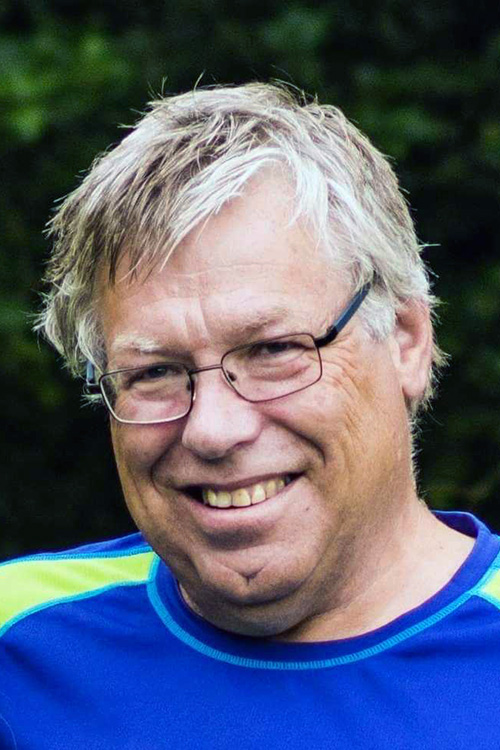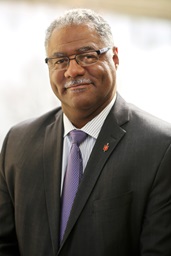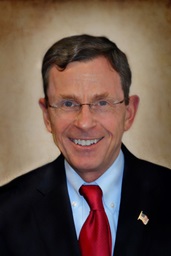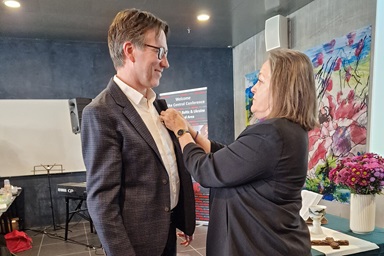Key Points:
- On Feb. 6-9, 1917, the Methodist Church in Trondheim, Norway, hosted the first Sámi assembly.
- The Methodist Church had an open door, and parish pastor Trygve Wahlstrøm was known to many as a city council representative for the Temperance Party.
- The gathering was a milestone in Sámi history, and Sámi National Day is now celebrated throughout the Sámi settlements in Norway, Sweden, Finland and Russia.

Photo courtesy of the author.
Commentaries
In 1917, the Norwegian government and society were pressuring the Sámi, indigenous people of northern Norway, Sweden, Finland and Russia, to “become Norwegians” and forget their traditional life. Sámi children were forced to learn and speak Norwegian, use “modern” clothing, give up their traditional music and learn “civilized” professions.
When the Sámi people sought a place to hold their first political Congress in Trondheim Feb. 6-9, 1917, they turned not to the state church, but to the Methodist Church.
The Trondheim congregation was known locally for social ethics and outreach programs. Some stories say that Sámi people were worshiping there and were involved in the planning of the congress. The 1917 meeting attracted around 150 participants, including many women. Ninety Sámi came from Norway, 20 from Sweden.
Parish pastor Trygve Wahlstrøm attended the entire gathering. One enterprising woman, Anna Luftånder Jarwson, raised money to make the trip attainable for as many Sámi as possible. The driving forces behind the meeting were the Swedish-Norwegian Sámi Elsa Laula Renberg from Vefsn in Nordland and Sámi Baptist socialist Daniel Mortensson from Røros.
Today the Trondheim municipality is working on plans to transform the area outside the Methodist church into “Elsa Laula Park,” featuring a Sámi work of art. A bronze memorial plaque with Sámi symbols and Sámi and Norwegian inscriptions already hangs on the outer wall of the church. Created by the Sámi artist Mathis Nango in 1997, it evokes both the lavvo (temporary dwellings of the Sami) and the triune God.
I can think of several reasons that the Methodist Church was asked to hold this national meeting. The skilled Dagspost journalist Ellen Lie, who was a partner of Laula, had good contacts in the Methodist Church. We can see from her newspaper articles that she had extensive knowledge of the Sámi people and attitudes toward minorities, both of which were in short supply at the time. It was probably also important that unlike the Lutheran state church, the Methodist Church did not have a strained relationship with the Sámi. The Methodist Church had an open door, and Wahlstrøm was known as a city council representative for the Temperance Party.
Laula wanted the meeting to address the alcohol problem in Sámi areas. Her views were probably influenced by the fact that she had been a student at a school run by the Adventists before her midwifery training. However, various conflicting issues concerning reindeer grazing occupied a lot of time at the gathering. This reflected the composition of the meeting, where the southern Sámi were in the majority. The meeting had an impact on later public regulations.
Language policy issues concerning the provision of Sámi language in schools were also debated. Despite the massive Norwegianization policy to which the Sámi had been subjected for years, no joint statement on this was made at the 1917 meeting, disappointing Sámi from the northernmost areas. It is interesting to note that the strong Labor Party agitator and occasional revolutionary Martin Tranmæl was invited to lecture on organization building.
After the National Assembly in 1917, pressure on minorities in Norway increased. Unfortunately, historians have written little about this. Racism in Norway between the wars became strong, which was felt by the Sámi, Jews and Roma Travellers. Also telling is that the Truth and Reconciliation Commission, which investigated the policy of Norwegianization and injustice against the Sámi, did not present its report until 2023. The attempt to hold new national meetings was weakened by the authorities’ desire to control Sámi policy.
Laula died in the 1930s, disappointed that a strong and united Sámi movement was not formed. The fight for Sámi rights gained new momentum after World War II. But as Sámi historians have pointed out, the important seeds were sown in 1917.
In the early 1990s, when the Methodist connection to the 1917 meeting was discovered, Professor Peder Borgen was consulted. At the time, he was living in Trondheim with his family and was active in the church. He prepared a book for the 80th anniversary of the first Sámi national meeting. A digital version is available from the National Library of Norway. The extensive research work received a positive review from Ole Henrik Magga, then president of the Sámi Parliament.
Subscribe to our
e-newsletter
Seventy-five years after the 1917 event, the 15th Sámi Congress designated Feb. 6 as the national day of the Sámi people, in honor of the first congress held at the Methodist Church.
In 2017, the Methodist Church was involved in the rich anniversary week Tråante 2017. Several events in our church connected with this 100th anniversary of the first national meeting held in the small wooden church that stood there at the time. One evening, the church was packed as a multipart joik (song) filled the room. At the end of the week, Pastor Yngvar Ruud gave a memorable sermon based on his Sámi roots. On Feb. 6, 2023, our current pastor, Christina Thaarup, helped to celebrate Sámi Day in Nidaros Cathedral.
And on the outer wall of our church, the Sámi flag was visible long before other churches and the wider community showed interest.
The 1917 gathering was a milestone in Sámi history, and Sámi National Day is now celebrated throughout the Sámi settlements in Norway, Sweden, Finland and Russia. The meeting led to greater self-awareness among the Sámi.
“Open hearts, open minds, open doors” is a Methodist motto in our time. The attitudes and actions of the congregation in 1917 inspire today’s congregants.
Andersen is a retired university professor in Trondheim, Norway. NOTE: Some material for this article came from “Church honored for indigenous people work” by Karl Anders Ellingsen, Jan. 31, 2017.
News media contact: Tim Tanton or Joey Butler at (615) 742-5470 or [email protected]. To read more United Methodist news, subscribe to the free Daily or Weekly Digests.



